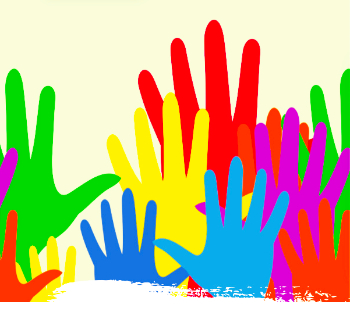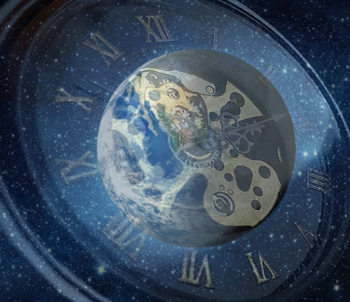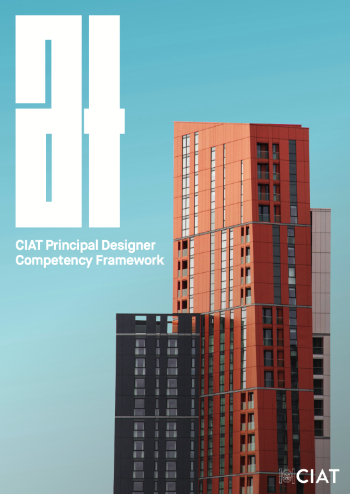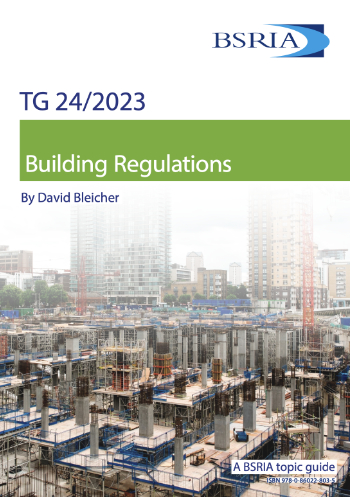Developing test methods to assess video flame and video smoke detectors
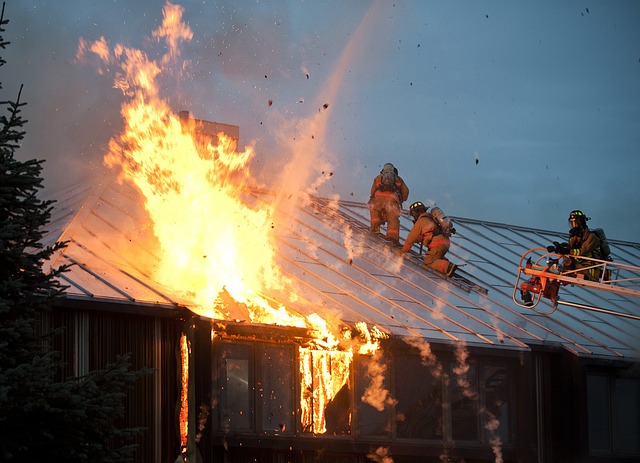
|
Contents |
[edit] Introduction
Video fire detectors emerged as a new means of fire detection around 2004, particularly in large indoor spaces such as those in atria, warehouses and industrial complexes. Detection of fires in such spaces has traditionally been provided by optical-beam smoke and aspirating smoke detectors, or flame detectors – but video fire detectors potentially offer important advantages.
[edit] They can ‘see’ the fire
A video detector is alerted to the presence of a fire by identifying the characteristic signatures of smoke or flame within the field of view of its camera. The images from the live video feed are analysed by sophisticated algorithms to detect these signatures. There are two detector types – video flame detectors (VFDs) that recognise flaming fires, and video smoke detectors (VSDs) that are alerted to the presence of moving smoke. Some systems can have both sets of algorithms working independently at the same time.
The detector does not need to be in proximity to smoke or flames to detect fire as (provided there is direct line of sight) it can ‘see’ them. This enables a quicker response than is generally achievable by conventional smoke and flame detectors, and can also provide a visual verification of fire.
[edit] No current means of testing/assessing capabilities
While there has been a significant amount of fundamental research work on the capabilities and potential applications of video fire detectors, due to their complexity there are currently no defined and robust methods of assessing the capabilities of these detectors for testing and certification purposes.
Work by BRE Global and the Fire Industry Association (FIA) to develop test methodologies for these technologies has identified the greatest obstacle to be a lack of benchmark tests of basic performance. These are needed to perform the fundamental tests of repeatability, reproducibility and environmental testing defined in the EN 54 Fire detection and fire alarm systems standard. Additionally, operational performance tests are needed to verify the absolute capabilities of video detectors in detecting the fires anticipated in service environments.
A BRE Trust-supported research programme was established by BRE, in collaboration with video fire detector manufacturers, to develop benchmark and operational performance test methods for both video flame and video smoke detectors. To gain the necessary underpinning knowledge on the performance capabilities of video fire detectors, the research group has developed methods for bench testing and full-scale fire testing of these systems.
[edit] Collaborative research programme
The group’s development of methodologies for assessing the performance of VFDs and VSDs has been summarised in a briefing paper that can be freely downloaded from here. It is now expected that these methodologies will support the development of a test standard and associated code of practice.
[edit] About this article
This article was written by the BRE Trust and published in July 2019 on its website under the title ‘Video flame and smoke detectors’. It can be accessed here.
Other articles by BRE on Designing Buildings Wiki can be accessed here.
[edit] Related articles on Designing Buildings Wiki
Featured articles and news
Global BACS Market: analytics and optimisation
A BSRIA glance at building automation and control systems.
What it is and how to use it.
Investors in People: CIOB achieves gold
Reflecting a commitment to employees and members.
Scratching beneath the surface; a guide to selection.
ECA 2024 Apprentice of the Year Award
Entries open for submission until May 31.
UK gov apprenticeship funding from April 2024
Brief summary the policy paper updated in March.
For the World Autism Awareness Month of April.
70+ experts appointed to public sector fire safety framework
The Fire Safety (FS2) Framework from LHC Procurement.
Project and programme management codes of practice
CIOB publications for built environment professionals.
The ECA Industry Awards 2024 now open !
Recognising the best in the electrotechnical industry.
Sustainable development concepts decade by decade.
The regenerative structural engineer
A call for design that will repair the natural world.
Buildings that mimic the restorative aspects found in nature.
CIAT publishes Principal Designer Competency Framework
For those considering applying for registration as a PD.
BSRIA Building Reg's guidance: The second staircase
An overview focusing on aspects which most affect the building services industry.
Design codes and pattern books
Harmonious proportions and golden sections.
Introducing or next Guest Editor Arun Baybars
Practising architect and design panel review member.















